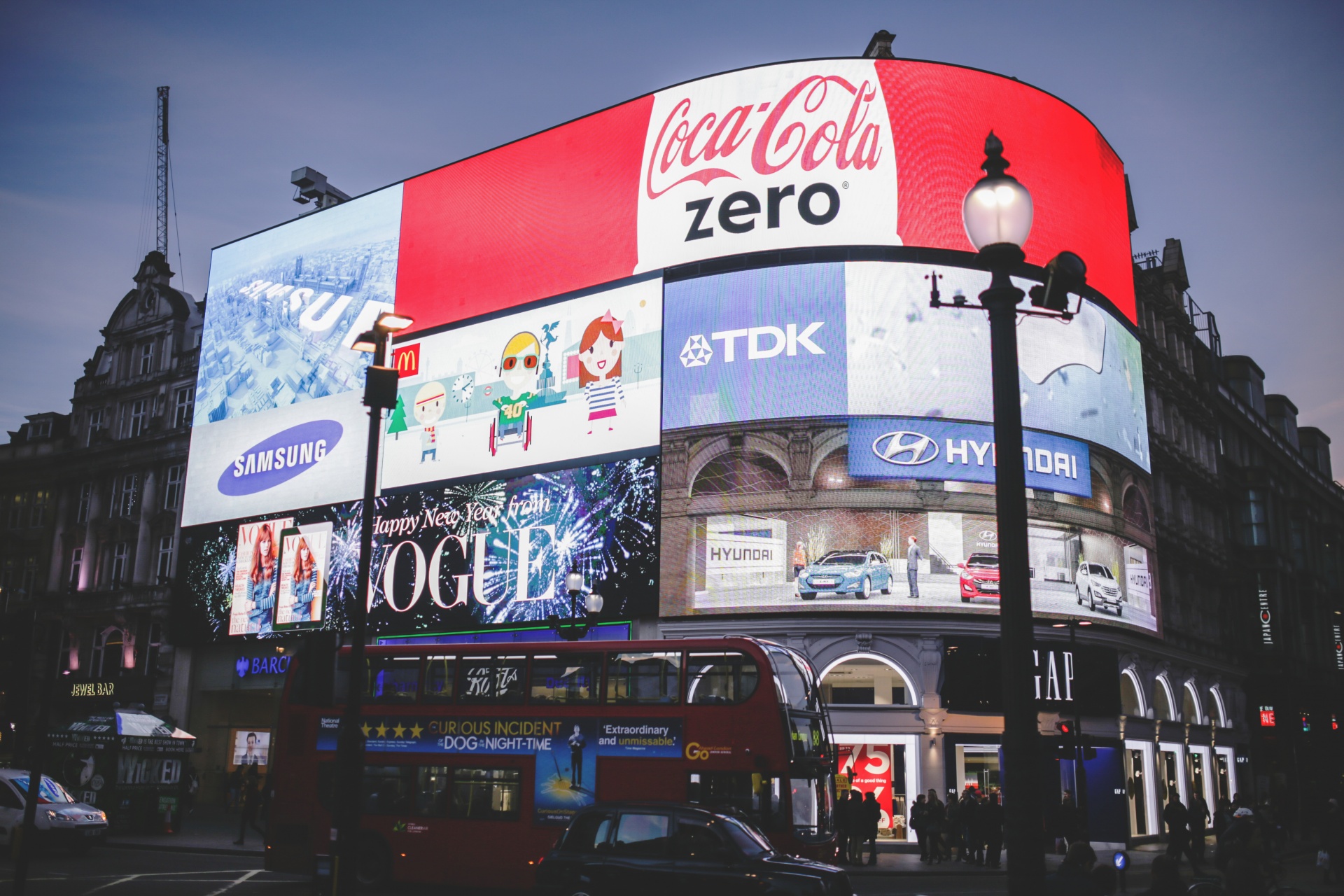When a client asks a local provider to offer current possibilities that have Signage:
Fixed "analog" signage. It requires printing costs and does not give the impression of dynamism.
Digital Signage using a flash drive as a means to load the contents, not being able to define the times of each content. And with this model, you cannot control the expiration of the content. In requirement, you have to be constantly changing the content and playing it again on the TV or monitor.
What solutions do distributors offer customers?
The solutions that they put over dealers to customers when they ask for digital signage.
a) Sale of a monitor or TV with a flash drive
b) Sale of a monitor or TV connected to a computer projecting a PowerPoint
c) Complete solution, where they sell you the screen and an "all in one" software to manage it, without the possibility of being able to make suggestions and storing the PC locally or in the cloud.
d) Hybrid solution, where they can sell the screen or the client uses one that they have, with a standard non-proprietary computer connected to the Internet programmed to turn it into a digital signage player, which automatically downloads the content from as configured in the CMS .
It is solution d, which seemed more reasonable to us.
In 2017, Publiproducto Canarias put on the table the idea of ??a development to be able to have a management and distribution platform for Digital Signage.
Which will allow?
We can remotely indicate to the screens that we have located in our premises what content and when we want it to be presented.
Who needs to submit content?
Companies from multiple sectors that need to report offers/products or applicable regulations at all times or corporate information.
How does the system work?
The system requires two elements, a CMS (content management system) content management platform where the content is managed, programming how we want it to be presented, and the "Player" display that will be located near each screen or TV that we want to manage.
The user will have an access account to the CMS http://www.inotify.tv, which will allow him to upload media such as images, his own videos, links to YouTube videos, Web Pages and the possibility of adding text on the images. This sequence of media can be grouped generating campaigns, being able to define how long each media is displayed. These campaigns are assigned to a calendar to indicate which dates and time ranges we want each campaign to be displayed. Once the calendar is configured, we tell the specific Player to use that calendar.
For the player to start working, we only need to connect it to the internet, connect the Player's HDMI output to the monitor or TV and connect the power cable. Everything else is done automatically.


